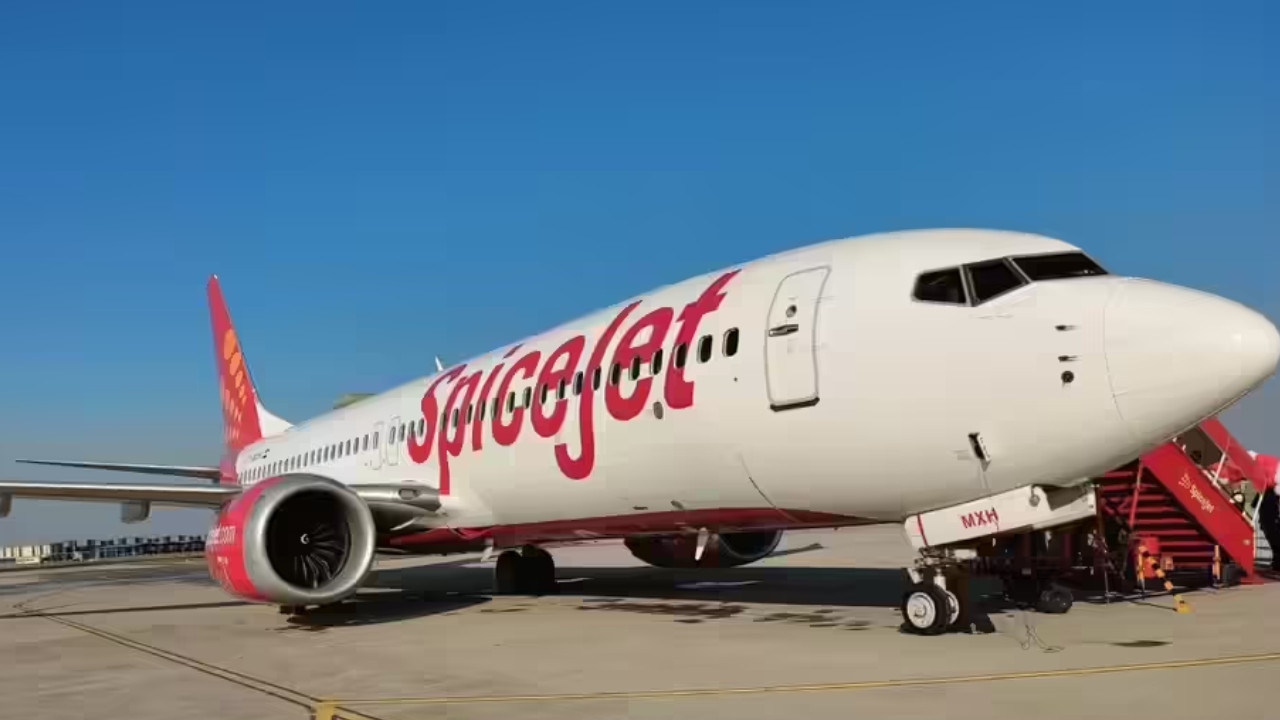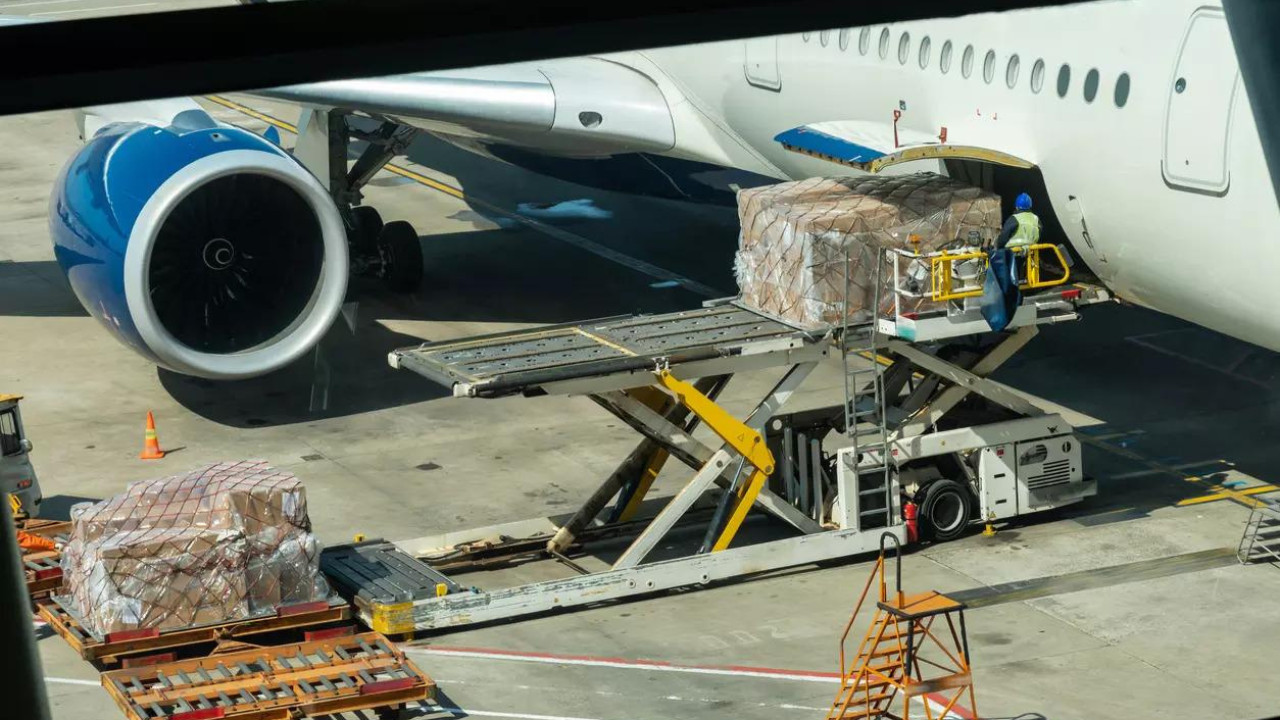Civil Aviation Minister Ram Mohan Naidu Kinjarapu announced the ambitious goal of building 350 airports in India by 2047, supporting the ‘Viksit Bharat’ vision. He highlighted the rapid growth of the civil aviation sector and the development of 88 new airports in the last 11 years, particularly in tier two and three cities.
India’s Ambitious Skies: A Flight Plan for 350 Airports by 2047
Imagine a future where air travel within India is as seamless and accessible as hopping on a train. That’s the vision taking shape as the nation sets its sights on a dramatic expansion of its aviation infrastructure. Forget the days of limited routes and congested hubs; the future promises a network of 350 airports crisscrossing the country by 2047, a bold move poised to redefine Indian travel and boost its economy.
The driving force behind this ambitious project? A burgeoning middle class hungry for travel, coupled with the untapped potential of smaller cities and towns. This isn’t just about connecting major metropolises; it’s about weaving a tapestry of air connectivity that reaches deep into the heartland of India, unlocking new opportunities for growth and development.
Why Smaller Cities Hold the Key to Aviation Growth
For too long, aviation in India has been concentrated around a handful of major urban centers. But the winds are shifting. The real growth potential lies in connecting Tier-II and Tier-III cities, places brimming with entrepreneurial spirit and a desire to be part of the global conversation. Think bustling industrial hubs, emerging tourist destinations, and agricultural centers ripe for investment. These are the places where new airports can truly make a difference, spurring economic activity and creating jobs. The government is keenly aware of this shift, actively encouraging airlines to explore these underserved routes with incentives and infrastructure support.
This expansion strategy recognizes that air travel isn’t just a luxury for the elite; it’s a vital tool for economic progress. By bringing air connectivity to smaller cities, we’re essentially shrinking the country, making it easier for businesses to operate, goods to be transported, and people to connect with loved ones.
The Challenge of Building the Future of Aviation in India
Of course, building 350 airports is no small feat. It requires significant investment, meticulous planning, and close collaboration between the central government, state governments, and private sector players. Land acquisition, environmental clearances, and infrastructure development are all hurdles that need to be navigated carefully.

Furthermore, it’s not just about building runways and terminals. It’s about creating a sustainable ecosystem that supports the aviation industry. This includes training skilled personnel, implementing efficient air traffic management systems, and ensuring the safety and security of passengers and cargo. Consider also the growing demand for skilled aviation professionals, creating an opportunity to expand our training programs, like our [pilot training courses](insert_internal_link_here).
The Indian government seems to be embracing a multi-pronged approach, encouraging private sector participation through public-private partnerships (PPPs) and offering incentives to airlines to operate on regional routes. This collaborative approach is essential for ensuring the success of this ambitious project.
Looking Ahead: A Nation Transformed by Flight
The vision of 350 airports by 2047 is more than just a number; it’s a reflection of India’s growing ambition and its determination to become a global economic powerhouse. It’s a plan to unlock the potential of its smaller cities, connect its people, and propel its economy forward.
The journey will undoubtedly be challenging, but the potential rewards are immense. Imagine a future where business trips are shorter, tourist destinations are more accessible, and families are more easily connected. This is the promise of a well-connected India, a nation where the skies are truly open to all. This future of aviation in India will enable faster trade, connect more people, and create jobs in every corner of the nation, as the plan becomes a reality in the decades to come.







